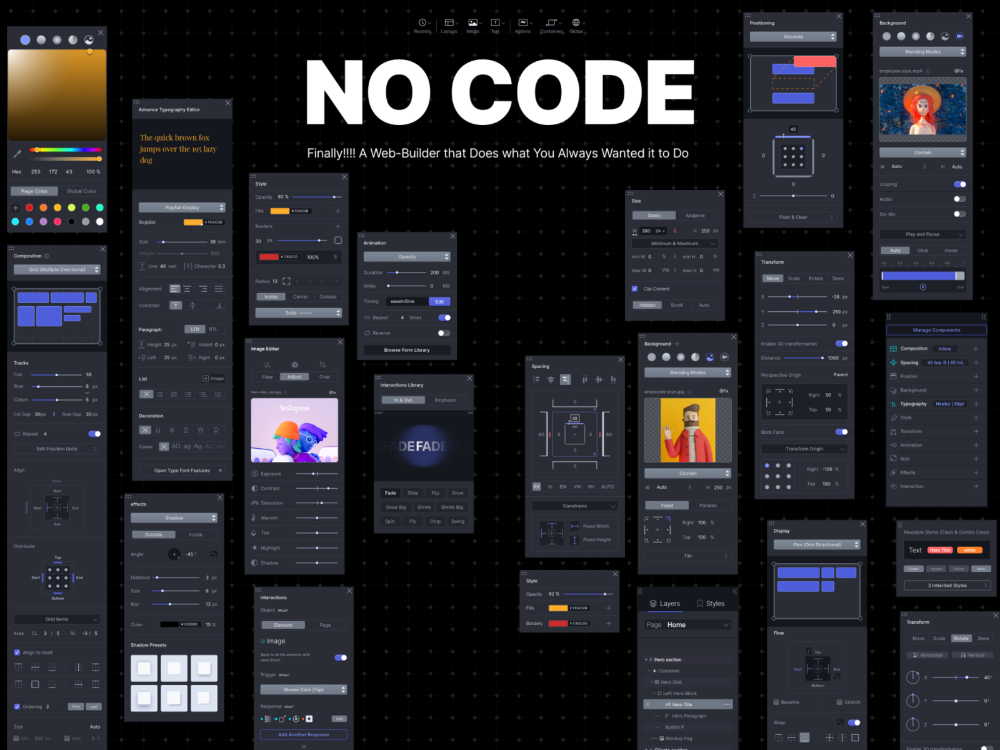


These tools provide business owners and engineers with comprehensive ready-made solutions for designing, launching, and managing apps quickly and efficiently. No-code app builders close this gap between IT and business, enabling more iterative, collaborative, quicker, and cost-effective development. Startups don’t always have enough budget to engage expert developers to create their products from scratch.

Key reasons no-code app builder is the hottest trend of 2023 The most popular software solutions you can implement with no code include the following: In most cases, no-code app builders can help develop any kind of app and website with literally unlimited functionality. In this way, anyone with little to zero technological experience is able to create powerful apps that millions of people globally can use. With the help of a no-code app builder, users create mobile and web applications on Android ( News - Alert), iOS, and Windows without the need to learn any programming languages and coding. In this post, we will take a closer look at no-code app builders and determine key reasons why these tools will be one of the hottest trends of 2023.Ī no-code building platform allows anybody to create an app using simple tools like drag and drop, click and pick, WYSIWYG (what you see is what you get), and so on. The best part of it – you can build a comprehensive app or website hassle-free and 10X faster. No-code development means that with the best no-code app builder, software engineers and even nontechies may create entire apps without writing a single line of code. This is where the no-code development comes into play, offering a significant improvement over low-code technologies. The introduction of low-code tools and agile processes has helped, but not enough. The development could be better since customers expect complex applications to be delivered as fast as possible. According to McKinsey, 33% of corporate software projects are delayed. Speaking in numbers, developers now take 20% longer on average to deliver a business application project than they did 20 years ago. Unfortunately, in the current realities, traditional app development needs to catch up with demand.


 0 kommentar(er)
0 kommentar(er)
